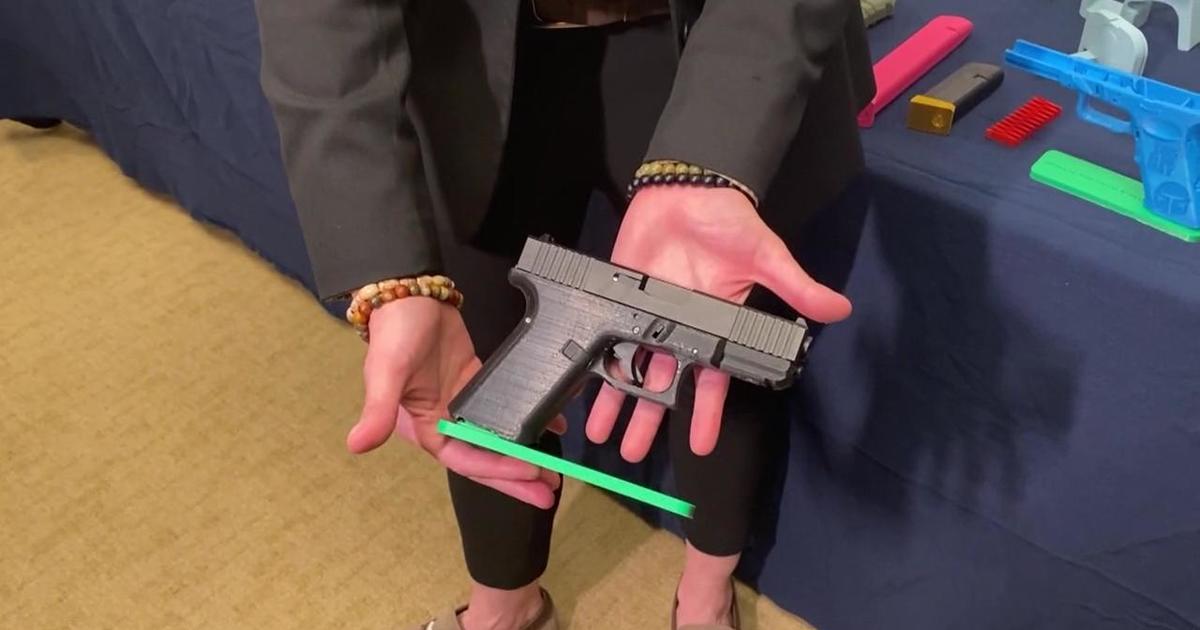Video Game-Style Jintronix Program Makes Physical Rehab Interactive
NEW YORK (CBSNewYork) -- Video games are taking health care to a whole new level.
As CBS2's Dr. Max Gomez reported, the one game-style program is dramatically improving rehab after major health crises.
It was almost five years ago that life changed suddenly for James Galberth, 48. He suffered a massive stroke.
"It paralyzed my left side," Galberth said. "I couldn't talk for like maybe two weeks."
Raphael Crishlow also had a stroke about four months ago, with similar results.
"I couldn't move my arm. My right side was completely out," he said.
Both men have recovered a lot of function thanks to intensive physical and occupational therapy at the Triboro Center in the Bronx. But such rehab means hard work and lots of frustrating repetition.
"Conventional therapy can be a little you know, a little tedious; a little boring," said April Ann James, director of rehab at the Triboro Center. "You know, patient -- the therapist is telling the patients, 'Oh, you're doing well; you're doing fine.' Sometimes the patients, you know, that goes over their head."
Enter Jintronix. It looks like a video game, but it is actually a serious, high-tech tool to speed and improve functional recovery after a variety of brain and orthopedic problems.
Infrared sensors track motion in up to 25 body joints, and translates that from the patient into the on-screen avatar to make rehab interactive and even fun.
"What we can do with that information is we can create activities that employ the principles of biofeedback so patients can see what they're doing reflected back at them, and we can also measure their progress," said Jintronix chief executive officer Mark Evin.
And even though Galberth and Crishlow have only been using the Jintronix system for a few days, they both say it has made a difference.
"It's different. It gives you more balance," Crishlow said. "It teaches you balance a lot, you know?"
"This technology right here is awesome, because it gives you stabiliy; the hand-eye coordination. You can use your hand. You can move your body," Galberth said. "So it's very well put together."
One key is biofeedback. The patient gets to score to measure their progress and then moves up to a higher level. The other key is making the highly repetitive, sometimes frustrating work of rehab more interesting or even fun, because the more you do the exercises, the faster and farther you recover.



